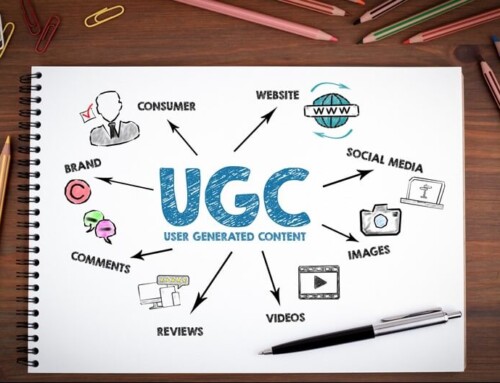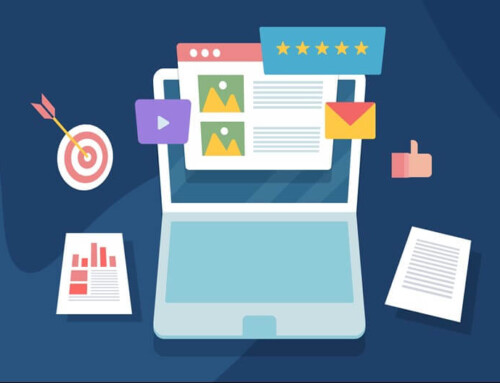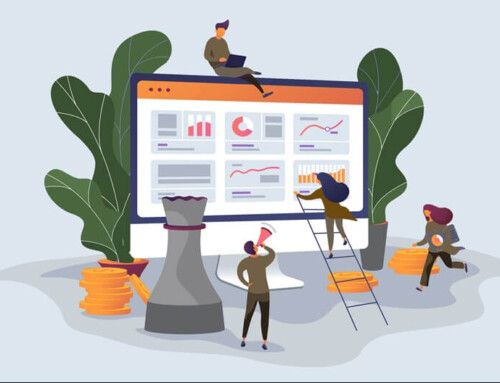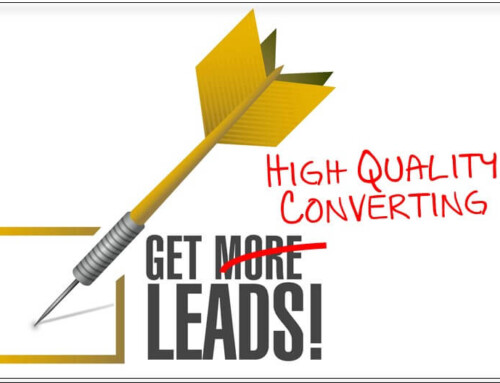Many assume that LinkedIn’s algorithm runs on autopilot—showing them random content and pushing their posts into the ether. The truth is more nuanced: every like, comment, share, and message sends signals that shape what you see and who sees you.
For sales professionals, that means you can train the algorithm to work in your favor. The key is to approach LinkedIn not as a megaphone for self-promotion, but as a platform for trust-building and value creation.
UNDERSTAND AND CUSTOMIZE YOUR FEED
LinkedIn is not a passive channel. Your behavior—what you read or watch, the posts you engage with, the people you follow—directly influences what appears in your feed. This, in turn, shapes how and where you show up for others.
- Salespeople who embrace social selling consistently generate more opportunities and outperform peers who ignore it (1).
- LinkedIn’s scale means your prospects are almost certainly there, looking for signals of relevance and credibility (2).
By deliberately engaging with content from your target audience, you guide the algorithm to surface more of the right people—and ensure your name appears where it matters most.
Pro Tip for Sales Leaders: Don’t delegate feed curation to chance. Build a “content map” of ten accounts or thought leaders your buyers follow. Interact weekly. Over time, you’ll condition the algorithm to make you visible in the same circles.
COMMENT WITH EMPATHY — SKIP THE SHORTCUTS
Your comments are a stage for thought leadership. Done well, they showcase your intelligence and empathy without hijacking the conversation.
Do:
- Recognize the author’s contribution: “Your perspective on X is insightful…”
- Build on it: “Here’s an approach I’ve seen succeed…”
- Invite reflection: “How did you address the next stage of that challenge?”
Don’t:
- Post generic applause (“Great post!”)—it blends into the noise
- Hijack threads with unrelated promotion
- Use engagement bots—automated comments are obvious, undermine trust, and risk damaging your reputation
A thoughtful comment demonstrates generosity. You aren’t trying to win the spotlight—you’re adding clarity, empathy, and solutions. That builds recognition in ways a “like” never will.
Pro Tip for Sales Leaders: Train your teams to treat comments as “micro-thought leadership.” Even one or two smart lines—delivered daily—compound influence faster than sporadic long posts.
MESSAGE WITH VALUE — LEAD, DON’T PUSH
Effective messaging on LinkedIn doesn’t start with a pitch—it starts with curiosity and generosity.
Instead of sending scripted sales notes, try:
- “Your point on [topic] really resonated—I’d love to learn how you approached it.”
- “I’ve worked with others facing [challenge]—happy to share what’s worked, if it’s useful.”
This approach earns trust. Messages rooted in value invite dialogue, not defense. Over time, prospects begin to see you less as a seller and more as an advisor.
Messaging Taboos:
- Copy-paste templates—prospects can spot them instantly.
- AI-generated intros with no personalization.
- Asking for a call or meeting in your first message—trust takes time.
- Sending multiple follow-ups without engagement—it reads as spam.
Pro Tip for Sales Leaders: Encourage your teams to measure reply quality, not just reply rates. A smaller number of genuine conversations will outperform mass outreach every time.
GROUPS: THE DIGITAL WATER COOLER
Groups are often underestimated. They’re not just networking hubs—they’re intelligence centers and trust accelerators.
Why they matter:
- Prospects often reveal pain points in groups that they don’t share elsewhere.
- Groups outside your own industry are especially powerful—they show you where your target audience spends casual, “water cooler” time.
- They are fertile ground for competitive intelligence: when you notice unmet needs or frustration with a competitor, you can ethically position yourself as the alternative.
How to stand out:
Most group participants leave lukewarm comments. To differentiate yourself:
- Solve problems as if you were being paid. Be an information powerhouse.
- Offer generous advice, resources, or step-by-step guidance. Even when you give away the “how,” many will need you for the “do.”
- If appropriate, note in your group comment that you’ve sent a private message: “I’ve shared a deeper perspective in a note—happy to expand if helpful.” This bridges public trust with private conversation.
Automation in groups:
Group rules and admins often deplore blind automation. Automated posting hijacks the feed, drowns out discussion, and reduces meaningful interaction. A better approach is contextual sharing: when a group member posts a question, respond with value. For example, you might link to an article, video, or white paper that addresses their exact challenge. This feels timely, tailored, and welcome—not robotic.
Pro Tip for Sales Leaders: Treat groups as laboratories. Assign team members to monitor conversations weekly and report back insights—pain points, objections, competitor weaknesses. This “field data” sharpens prospecting strategy and positions your team as trusted advisors.
HOW THE ALGORITHM HELPS YOU (IF YOU HELP IT)
LinkedIn’s recommendation engine rewards consistency. But consistency is not the same as frequency.
- Frequency means how often you post or engage. High frequency without substance can backfire, leading the algorithm to deprioritize your content.
- Consistency means showing up regularly with quality. Even if you post two thoughtful pieces a week and comment meaningfully on others’ content daily, the algorithm learns you are reliable and valuable.
To refine your interactions for prospecting power:
- Focus on the right people. Interact with content your prospects see, not just what interests you.
- Layer activities—like a thoughtful comment followed by a well-timed message so signals reinforce one another.
- Pay attention to engagement patterns. If prospects often interact with certain formats (video, polls, how-to posts), prioritize those in your mix.
The algorithm favors people who behave like trusted voices. When your engagement is steady, human, and valuable, the system multiplies your visibility—and the right prospects find you.
Pro Tip for Sales Leaders: Redefine KPIs around consistency, not volume. Track weekly “value touches” (helpful comments, shares, or messages) rather than raw activity counts. This shifts your team toward quality engagement that compounds influence.
DOs VS. DON’Ts AT A GLANCE
| Don’t | Do Instead |
| Use bots to simulate engagement | Write authentic, insightful responses |
| Hijack comment threads | Add empathy, depth, or a solution |
| Lead with a hard pitch in messages | Start with value, curiosity, or shared perspective |
| Automate blind group posts | Share contextually—post when it directly solves a problem or answers a need |
| Post long text blocks with no visuals | Use video or images—visuals dramatically boost engagement (3) |
WRAP UP
LinkedIn today is more than a digital resume—it’s a living ecosystem of influence. When you comment with empathy, message with generosity, and approach groups as places to solve problems, you move beyond superficial networking. You become a trusted advisor.
Prospecting now is not about extracting value. It’s about offering it first, training the algorithm through meaningful actions, and letting credibility compound over time. Those who show up authentically will not only find prospects, but they will also become the professionals others seek out.
Does your next sales meeting or event need a facelift? Connect with Gavel International to see how working with a meeting planning company can benefit your organization.
_______________________
SOURCE(S):
1 https://blog.hubspot.com/sales/social-selling-stats
2 https://business.linkedin.com/sales-solutions/social-selling
3 https://www.demandsage.com/linkedin-statistics
This article was last updated on October 13, 2025
- Train LinkedIn’s Algorithm for Elevated Sales Prospecting - October 13, 2025
- Can Your Organization Afford a Dysfunctional Superstar? - October 6, 2025
- Take Action on Organizational Values to Improve Company Culture - September 8, 2025






